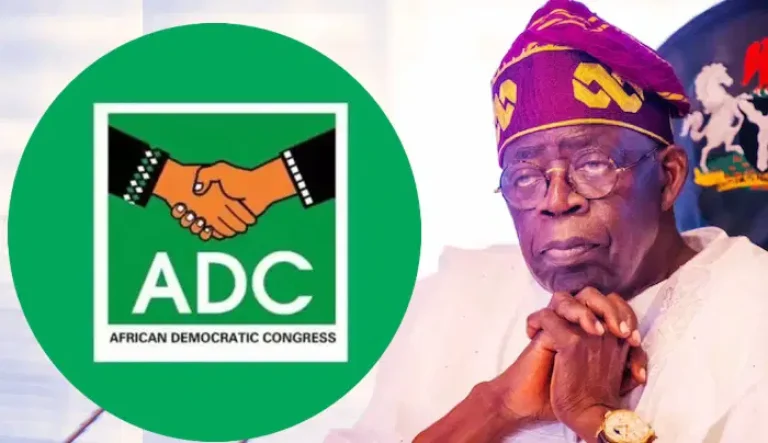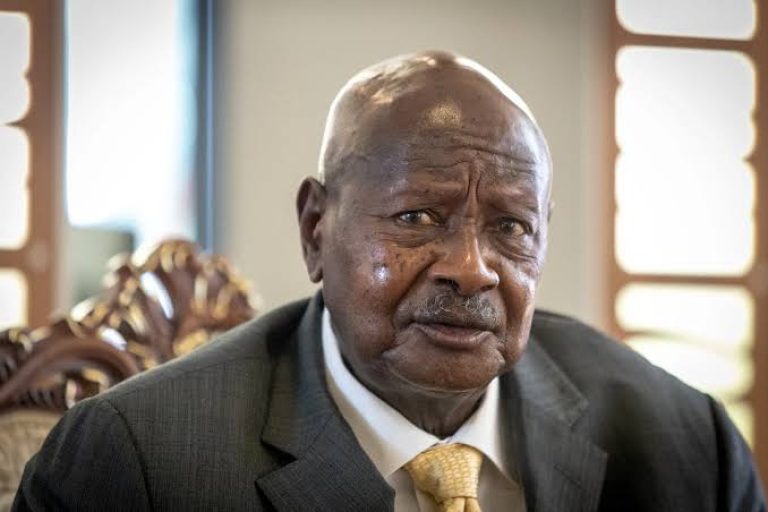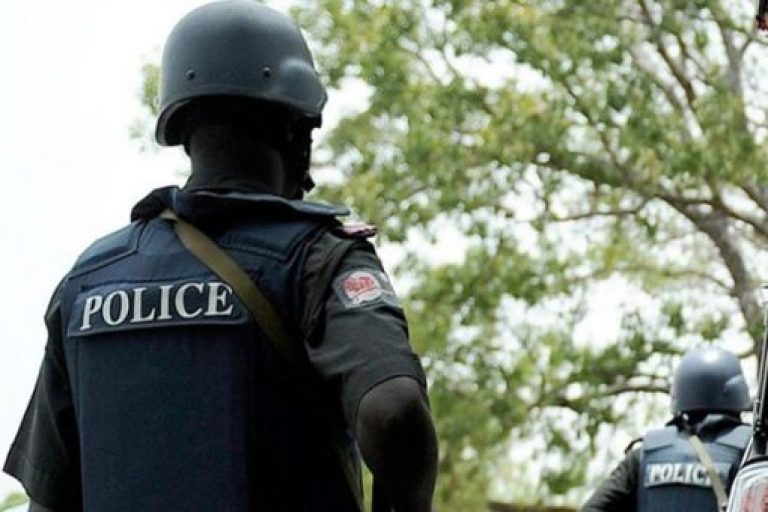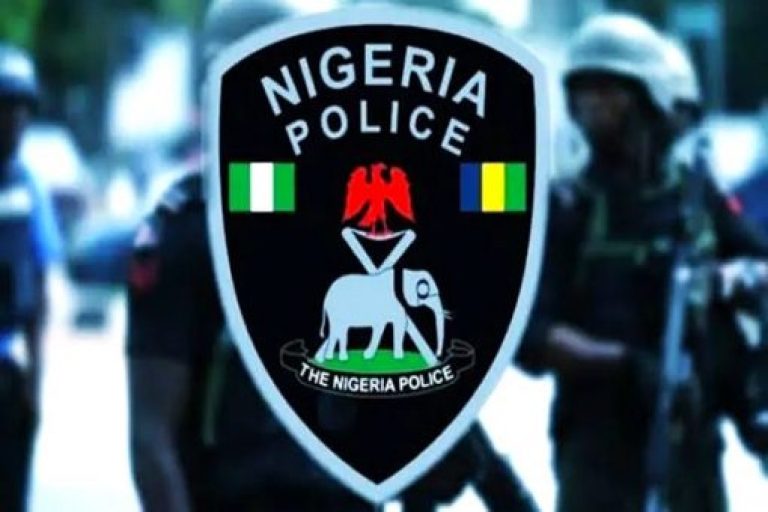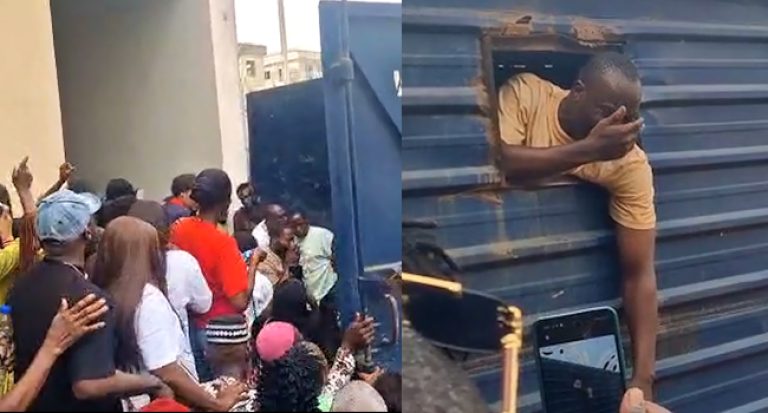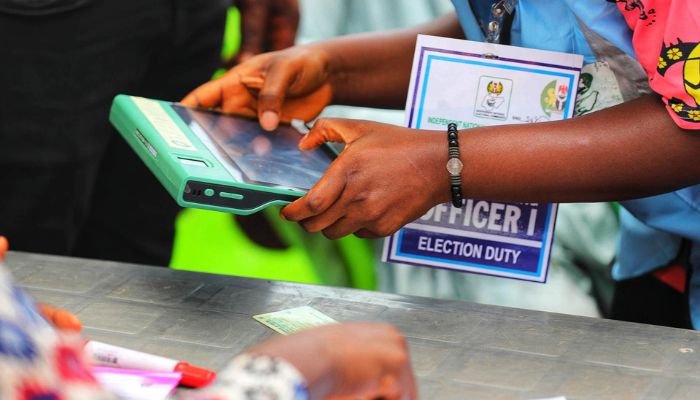
On Monday, November 21, 2022, Vanguard published an exclusive story with the headline, How politicians still threaten credible polls.
In that report, Vanguard had made it clear that one of the ways the Independent National Electoral Commission, INEC, could avert a compromise of the electoral process on election day and after, is to ensure that the total number of accredited voters for every polling unit in the country as well as the result of votes cast at every polling unit using the Bimodal Voter Accreditation System, BVAS, are uploaded realtime to the INEC Result Viewing Portal, IREV, for members of the public to view as they are uploaded.
That way, what Nigerians would be viewing on the portal will not be different from the scenario of watching a live football match.
Had INEC done that, the controversy surrounding the judgment of the Osun State Governorship Election Petition Tribunal would not have arisen.
This report will explain how BVAS works, what Nigerians must know and the steps INEC should take if it does not want its efforts to deliver free, fair and credible elections to become a fool’s errand, a wasted effort.
Friday, January 27, 2023. Osun Tribunal
The Osun State Governorship Election Petition Tribunal delivered its judgment and nullified the election of Governor Ademola Adeleke.
The major ground of its decision was that one of the printed reports from the INEC server which works with the BVAS machines, showed over voting in over 700 polling units and it cancelled results from such places.
During the course of hearing the petition filed by former Governor Gboyega Oyetola of Osun State, one of the grounds for objection to the result which gave Adeleke victory was the disparity between the figures on the printout from INEC regarding a number of people accredited to vote and the actual results announced to declare Adeleke winner.
There has been a plethora of opinions on the outcome of the tribunal hearing.
However, serving and former senior officials of INEC have suggested to Vanguard that what happened could have been avoided, had Nigerians had access to the total number of accredited voters viewed through IREV.
What Nigerians should know about BVAS and transmission
Overvoting occurs when the total number of votes cast exceeds the total number of accredited voters.
The BVAS machines, as manufactured and configured, cannot be tampered with.
Once the procedure of identification is engaged, the machine captures and authenticates the bearer of the Permanent Voter Card and registers the same instantly.
However, this data of the accreditation of the individual is not immediately transmitted to the INEC server; it is on the machine and anyone who wants to check would see that the machine actually verified and captured the said voter.
Any voter not captured by BVAS cannot be introduced as captured on the machine. The INEC Chairman, Professor Mahmood Yakubu has made it clear that without a PVC, nobody will be allowed to vote. And it is the PVC and the particulars on it that will allow a voter to be accredited using BVAS.
The human interference that could mess up the process is in the copying of the figures on the BVAS into the result sheet and there could be human errors but once the content and data on the BVAS are made available for all to see, what that does is that even if the entire data are not fully downloaded, the publication on IREV would have given Nigerians access to the actual number of voters accredited at the polling unit on that day because The time for which the upload occurs is not automatic.
Therefore, posting the total number of accredited voters on IREV would give Nigerians access to see and know the number of those actually accredited.
Accreditation with BVAS is very important because without accreditation with the BVAS, you cannot vote and if you vote without being properly accredited by the BVAS, such a vote will not count. It is the voter captured by BVAS accreditation process that will remain on the BVAS and that is the one that will count.
The BVAS will accredit a certain number of people at those polling units but the BVAS will not automatically transfer data to the IREV portal.
It is still retained in the machine, so after the election has been concluded at the polling unit, the presiding officer takes the BVAS, looks at the number of accredited voters and manually records it on the result sheet.
In that particular process, several things could have happened and this is what the courts also have to unravel and not just depend on technicalities alone.
Did the presiding officer, in recording the number of accredited voters from the BVAS on the result sheet, record the accurate number of accredited voters on the result sheets?
Secondly, in this case, the machines were brought to court and they looked at the figures on the BVAS machines, vis-a-vis what was recorded on the result sheet and from the data on the BVAS used and one of the reports that INEC had tendered in court, there was some form of correlation.
Human interference
Being mortals, there could be errors on the part of presiding officers at the polling unit just as there could be inadvertent or deliberate slips at the INEC headquarters housing the server.
There could be inadvertent computation errors, in which case, a presiding officer enters figures different from what is on the BVAS machine.
There could also be deliberate sabotage by making wrong entries different from what is on the BVAS machine.
If that happens, the BVAS machine will indicate the correct thing.
Therefore, it is important that INEC maximises the potential for transparency that BVAS and IREV provide to avoid a repeat of the type of scenario that happened at the Osun tribunal.
There were two printouts from INEC. The first, is immediately after the election. And the other much later. Both were presented to the tribunal.
The first BVAS report that was produced, according to INEC sources, should have been marked ‘provisional’ or ‘interim,’ to indicate that all data had not been fully downloaded.
The second printout, which, according to INEC sources, was more comprehensive was closer to what BVAS recorded.
Also, the actual BVAS machines that were used for accreditation in that election were brought before the tribunal and the figures on the BVAS machines were near- identical to the figures on the result sheet representing the number of accredited voters and votes cast, apart from just six polling units as against the over 700
What INEC must do
INEC should transmit and publish, on IREV, the accreditation data on the BVAS, on election day. If that had been done in Osun, Nigerians would have known the number of voters accredited for that election, polling unit by polling unit, using BVAS.
Vanguard had made the spectacular case for this publication on IREV for Nigerians to have real-time access so as to avoid confusion and conflation of issues.
Documents that emanate from INEC are legal.
Certified True Copies, CTCs, from INEC, where incomplete, can be labelled ‘provisional’ or ‘interim’ or ‘incomplete’, because there are certain processes that are being undertaken, so that suspicion and integrity questions will not emanate. If you print out a report that is incomplete because of an incomplete download, there will be a disparity between what is on the BVAS machine and the printout.
But those who know INEC have declared that the primary source of authentication is the BVAS machine.
The Commission should come out and speak up about what happened because it has enormous powers vested in it by the 1999 Constitution as amended in light of the fact that there are just three weeks before the first round of elections this month.
(Vanguard)



